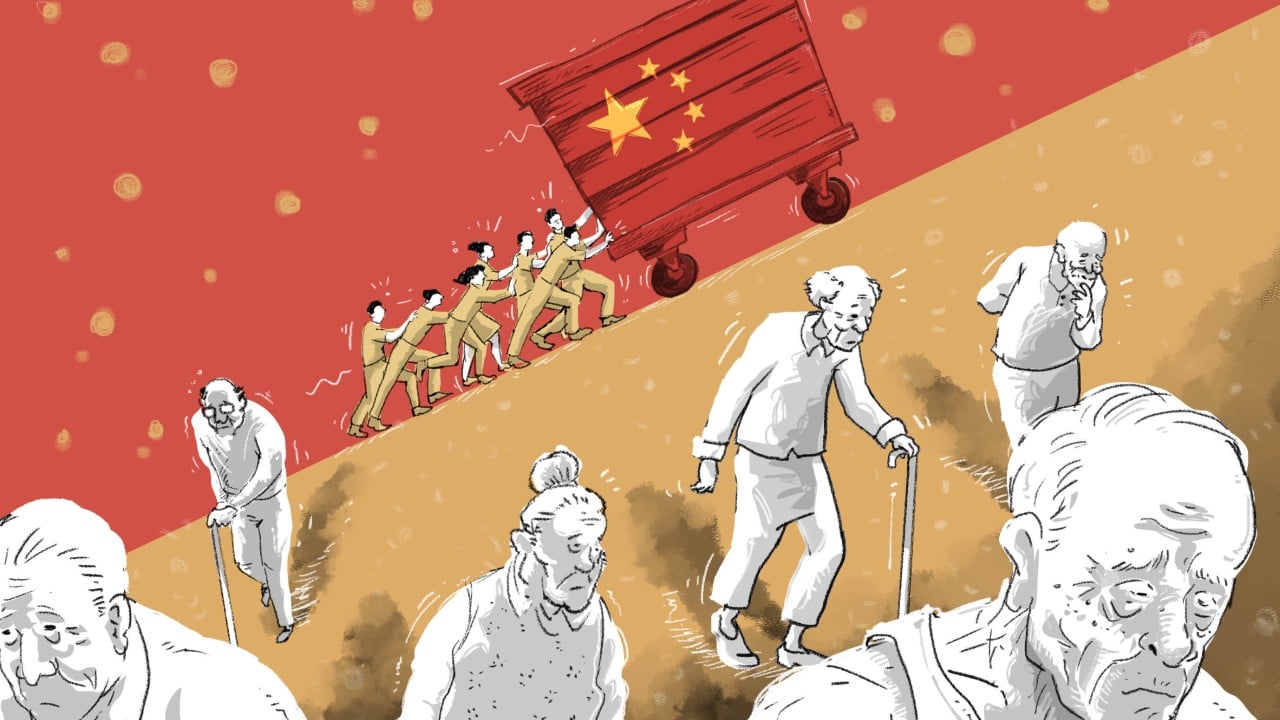This is the second in a three-part series delving into the unprecedented challenges China is facing on its road to economic recovery, from inexperience in dealing with such crises to the compounding implications of internal demographic shifts and external trade hurdles. You can read the first part here.
Advertisement
It came as a surprise to many people when China’s population fell for the first time in six decades in 2022, dropping by 850,000 from the previous year.
Coming at least five years earlier than the turning point predicted by the United Nations, the start of China’s negative population growth underscored a looming demographic crisis and marked the advent of a new era for the world’s second-largest economy.
Without much historical experience to lean on, how to deal with a population that is ageing faster than in most other countries has become one of the toughest jobs for China as it seeks long-term prosperity and strives to become a “great modern socialist country” by the middle of this century, researchers said.
“If you look at some studies published 10 years ago, they foretold exactly what we are experiencing now,” said demographer Huang Wenzheng. “But the so-called mainstream economists and the government didn’t respond in a timely manner.”
Advertisement
Huang, who heads the Beijing-based YuWa Population Research Institute, a private think tank focused on demographic and public policy analysis, said the problem is being compounded because “the policies we’re seeing now are still short-sighted”.

